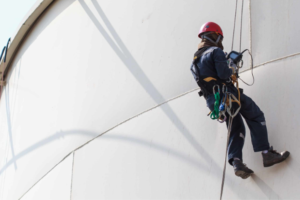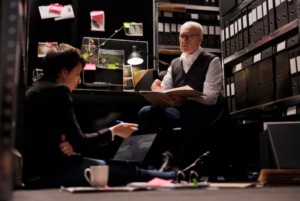
Lazy rivers are more than just relaxing water attractions. They combine aesthetics, hydrodynamics, and safety into a seamless experience. Guests float effortlessly along winding paths while subtle currents guide them forward. Yet, behind this serene appearance lies intricate planning. Every bend, depth change, and water feature relies on precise calculations. Lazy river pool designs require not just creativity but a deep understanding of engineering principles. Without this, the gentle flow could turn chaotic or unsafe.
Fluid Dynamics In Lazy River Pool Designs And Engineering
The flow of water in a lazy river may seem simple, but it is carefully engineered. Designers calculate the correct speed and volume to keep guests moving comfortably without being swept away. Submerged jets and pumps create currents that maintain consistent motion. Engineers also consider resistance caused by curves, drops, and added features like waterfalls. The lazy river pool designs and engineering must ensure the current is uniform so that every part of the ride feels smooth and inviting.
Structural Integrity And Materials Selection
A lazy river isn’t just water in a trench. The underlying structure must withstand constant pressure and water movement. Engineers select materials that resist erosion, corrosion, and UV damage. Reinforced concrete and specialized waterproof linings are standard choices. Every wall and edge is calculated to prevent leaks or structural failure. Lazy river pool designs and engineering rely on these materials to maintain safety and longevity while keeping maintenance manageable.
Pump Systems And Water Circulation
Pumps are the heart of any lazy river. They generate the currents that propel riders along their journey. Proper pump sizing and placement prevent stagnation, turbulence, and uneven flow. Filters and circulation systems also maintain water quality, ensuring clarity and safety. Lazy river pool designs and engineering integrate these systems seamlessly, often hidden beneath decorative elements, so the water moves naturally without disrupting the visual appeal.
Safety Considerations In Design And Engineering
Safety is a primary concern in every pool project. Depth variations, slippery surfaces, and strong currents can pose risks. Engineers apply standards for slope, barrier heights, and water flow to minimize accidents. They also consider emergency access points and lifeguard visibility. Lazy river pool designs and engineering are not just about enjoyment—they ensure that fun doesn’t compromise safety.
Aesthetic Enhancements Through Engineering
Beyond function, engineering shapes the visual experience. Curves, waterfalls, bridges, and landscaping all require structural support. Lighting, fountains, and decorative rocks are integrated without affecting flow or safety. Engineers balance creativity with practicality, making sure that enhancements don’t interfere with the current or cause hazards. Lazy river pool designs and engineering allow these artistic elements to coexist with performance.
Maintenance And Longevity Planning
A well-engineered lazy river lasts for decades. Designers plan for easy maintenance of pumps, filtration systems, and surfaces. Access points and removable panels are strategically located. Engineers also consider seasonal changes, chemical treatments, and potential wear from high usage. Lazy river pool designs and engineering extend beyond construction—they ensure the attraction remains safe, enjoyable, and visually appealing over time.
Conclusion
The magic of a lazy river lies in its effortless flow, scenic curves, and relaxing experience. Yet, none of this is possible without strong engineering principles. From fluid dynamics to material selection, pump systems, and safety protocols, every detail is carefully calculated. Lazy river pool designs and engineering combine creativity with precision, delivering both fun and security. When done right, they create an environment where guests can float, relax, and trust in the unseen expertise guiding every ripple.





